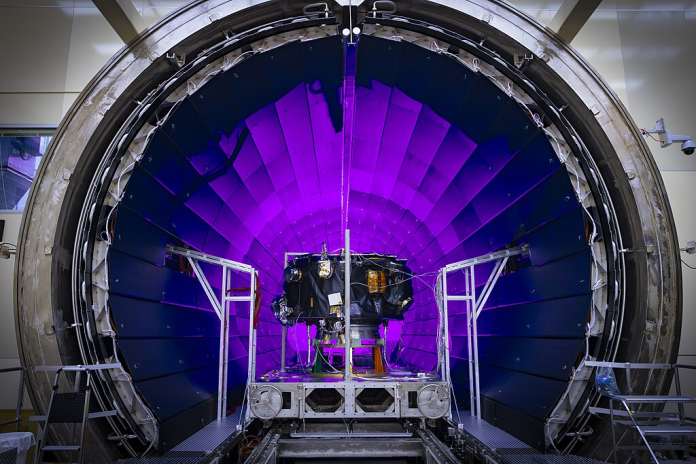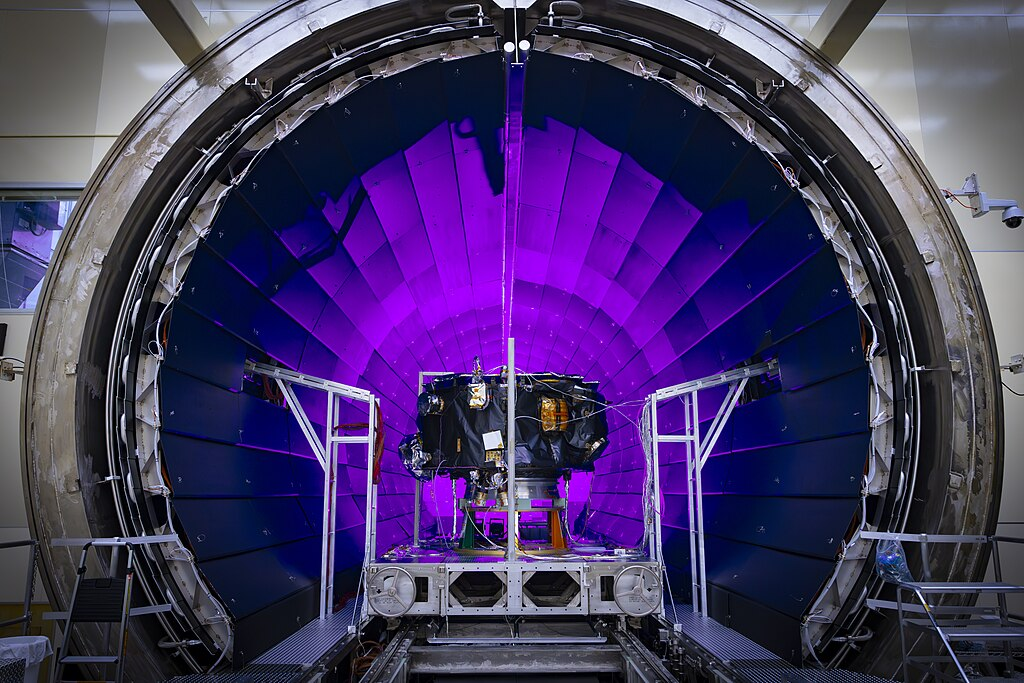
Encircling the Earth and the planets is a huge, invisible bubble the heliosphere a shield created by the Sun’s solar wind. On Wednesday morning, a SpaceX Falcon 9 rocket launched three spacecraft to a gravitationally balanced spot halfway between Earth and the Sun, a point called Lagrange Point 1 (L1), to investigate the physics of this shield and the dangers of space weather. “IMAP will assist us in learning more about how the space environment can hurt us and our technologies, and unveil the science of our solar neighborhood,” commented David McComas, principal investigator of NASA’s Interstellar Mapping and Acceleration Probe.
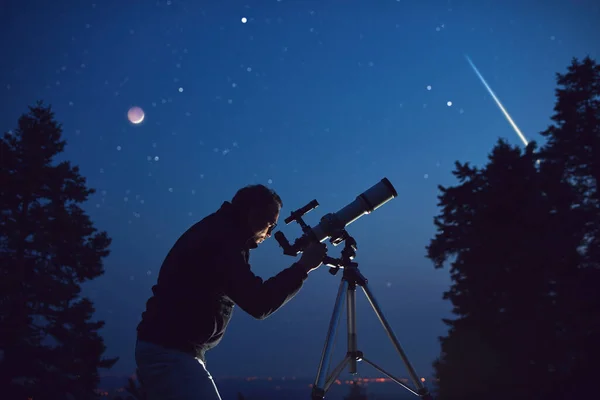
1. The Lagrange Point Advantage
L1 is approximately one million miles away from Earth in the direction of the Sun, where the forces of gravity of the two bodies cancel out the centripetal force of an object’s orbit. This balance permits spacecraft to hold their position with little fuel consumption. From L1, IMAP and its partners will enjoy a clear view of solar activity, permitting continuous observation of the solar wind and energetic particles prior to reaching Earth. The orbital dynamics of L1 position it as a key spot for early-warning systems radiation information can be relayed within 30 minutes of discovery, a time-sensitive margin for the protection of astronauts and satellites.
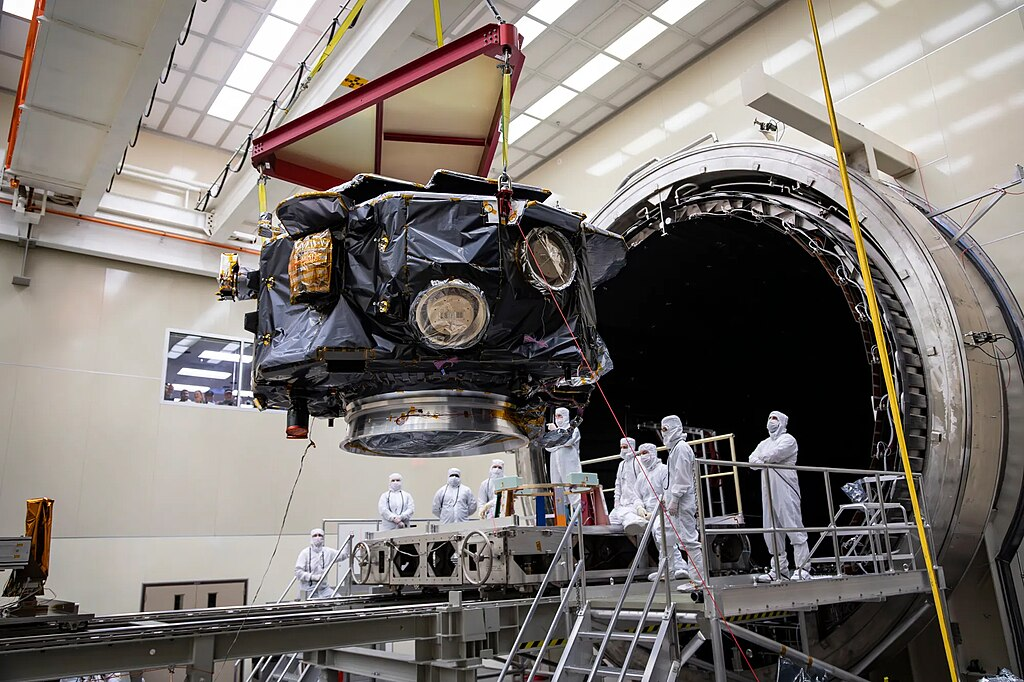
2. IMAP’s Quest to Chart the Heliosphere
IMAP’s ten instruments are tasked with examining the Sun’s outflow from its birthplace to the outer boundary of the heliosphere, a distance between 6 and 9 billion miles. By monitoring energetic neutral atoms (ENAs) particles created when high-speed ions crash into neutral atoms IMAP is able to follow their straight-line trajectories back to their origin, mapping the heliosphere’s previously unseen contours. This high-resolution mapping will be beyond the IBEX mission capabilities, providing images with 30 times higher resolution.
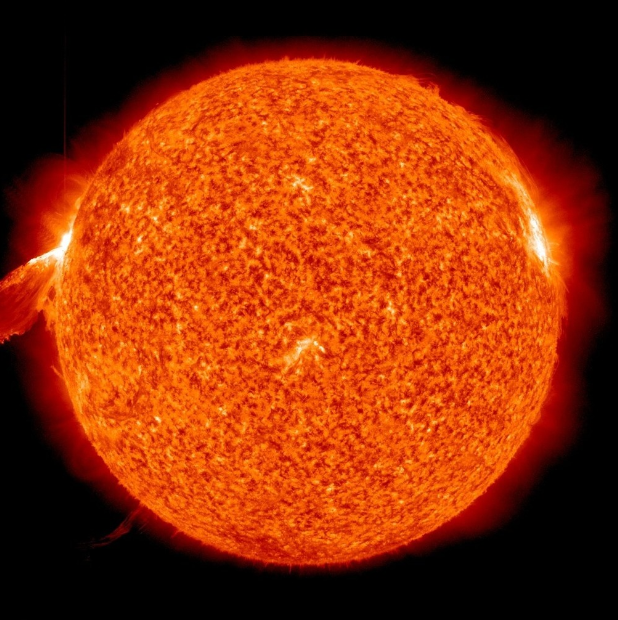
3. Space Weather: From Science to Survival
Solar flares and coronal mass ejections (CMEs) can release energy as powerful as billions of nuclear bombs. CMEs, which travel hundreds of miles per second, speed charged particles that can interfere with GPS, communications, and even power grids. “When GPS has an issue, farmers’ tractors can drive across rows of crops,” McComas said, highlighting how space weather resonates throughout daily life. The IMAP Active Link for Real-Time system will directly input data into forecast models, enhancing capabilities against such interruptions.
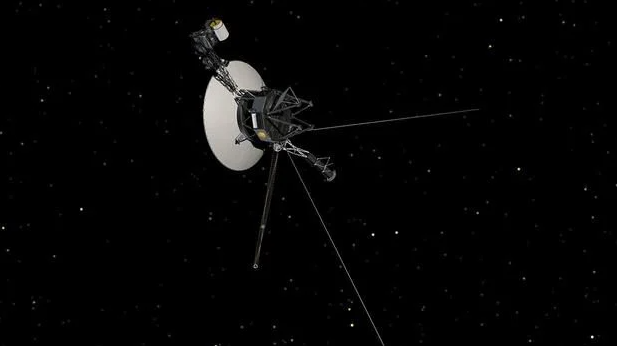
4. A Legacy of Exploration
IMAP is an extension of decades of heliospheric science, from the first solar wind measurements by Mariner 2 in 1962 to Voyager 1 and 2’s journeys into interstellar space in 2012 and 2018. Those missions mapped the comet-like form of the heliosphere and suggested its dynamic boundary. By combining Voyager and IBEX measurements with IMAP’s wider energy range and increased sampling rate, scientists hope to better model how the Sun’s magnetic bubble protects life.
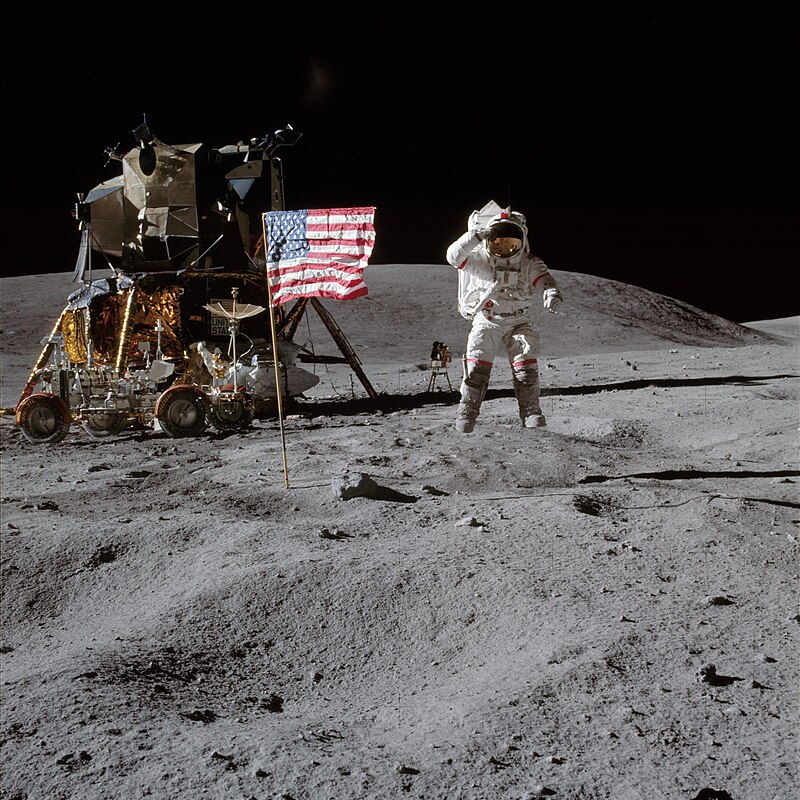
5. Carruthers Geocorona Observatory
Dedicated to Dr. George Carruthers, who constructed the first Moonborne ultraviolet camera in Apollo 16, the Carruthers mission will photograph Earth’s exosphere its delicate outermost atmosphere. By observing the ultraviolet glow of the geocorona, scientists will monitor how the transitional boundary reacts to solar storms. The results will refine models of atmospheric escape and space weather effects on near-Earth space.
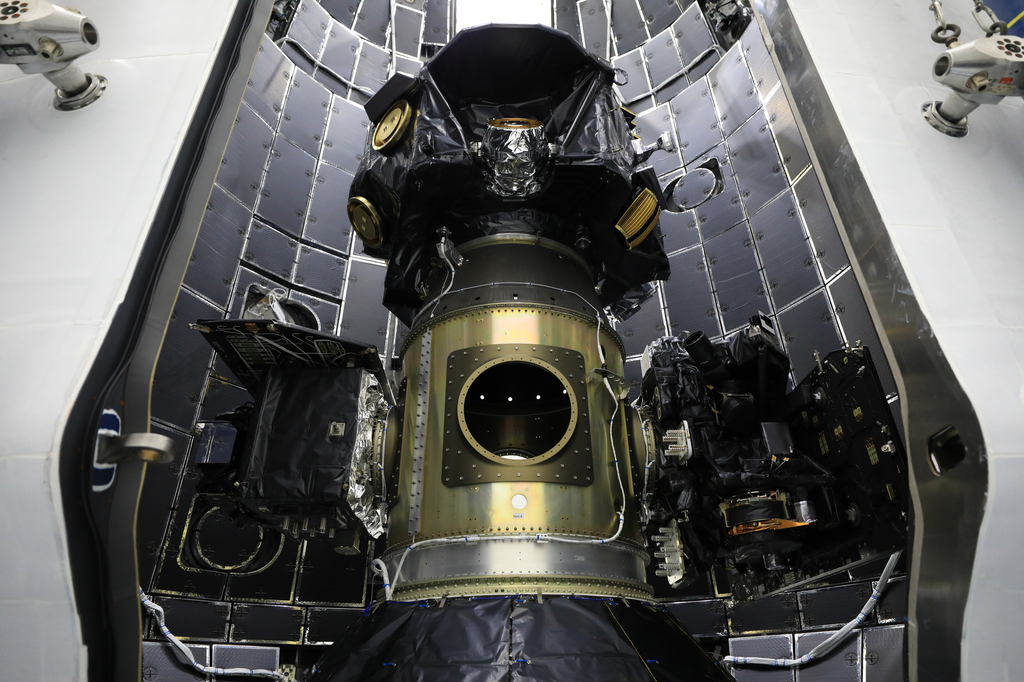
6. SWFO-L1: Operational Space Weather Sentinel
NOAA’s Space Weather Follow-On-L1 is the first of a new generation of operational space weather observatories. Its compact coronagraph will monitor the Sun continuously, delivering solar storm imagery to NOAA’s Space Weather Prediction Center within half an hour. “SWFO-L1’s essential data is our lifeline for keeping the lights on, planes flying and satellites safe,” said Clinton Wallace, the center’s director.
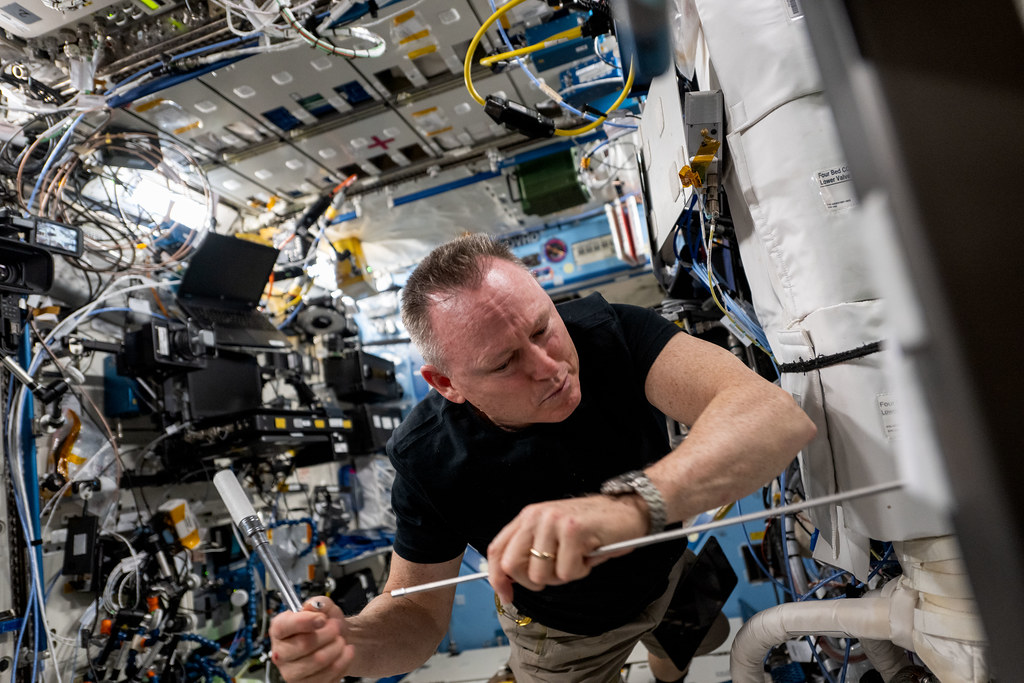
7. Engineering for Resilience
Research teams like the University of Florida’s SWIFT Lab are creating predictive models of solar energetic particle propagation and spacecraft systems that can autonomously respond to space weather threats. Laboratory plasma chambers mimic local impacts on hardware, and the information is used to inform engineering strategies to harden systems against high-energy particle bombardment. “Understanding space weather isn’t optional. It’s essential,” said Alicia Petersen, a mechanical and aerospace engineering professor at UF.
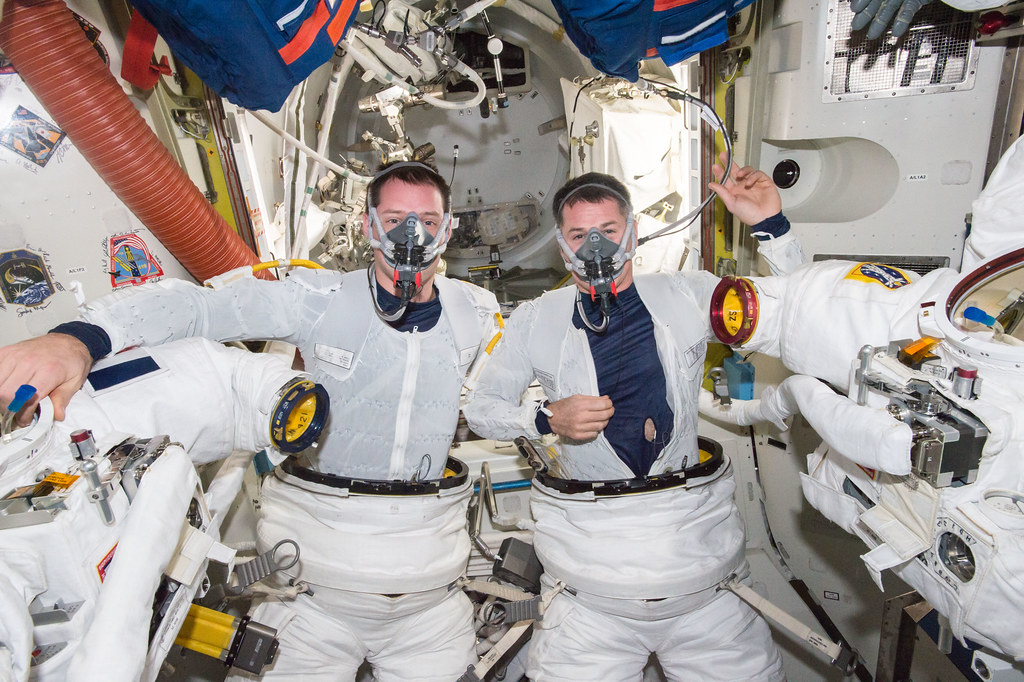
8. Getting Ready for Artemis and Beyond
As NASA prepares to send Artemis II on a Moon mission in early 2026, the radiation alerts of IMAP will be critical to astronaut safety outside Earth’s magnetosphere. “Humanity has only ever lived within our protective magnetosphere” explained Nicky Fox of NASA’s Science Mission Directorate, “actionable information from missions like IMAP will keep our astronauts safe” while traveling toward Mars and other destinations deep into space.
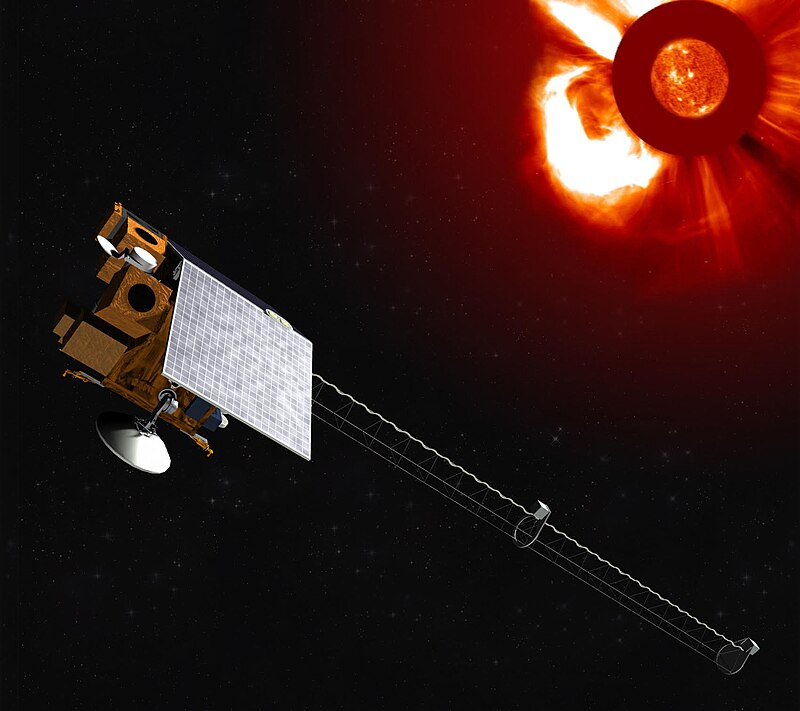
Perched at L1, IMAP will provide a steady stream of information about the Sun’s activity, charting the heliosphere’s ever-changing boundaries and refining predictions of solar storms. Coupled with Carruthers and SWFO-L1, it is part of an integrated effort to comprehend and prepare against the forces emanating from our star.
